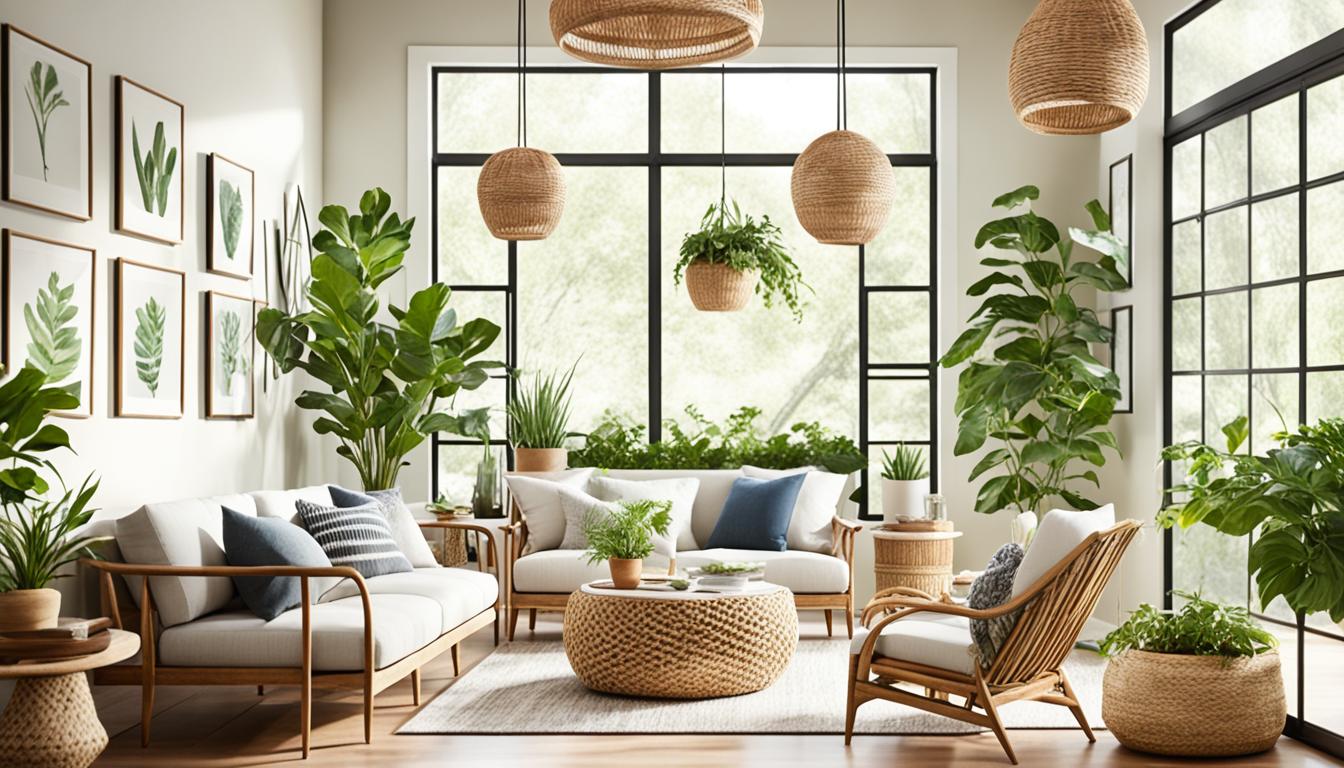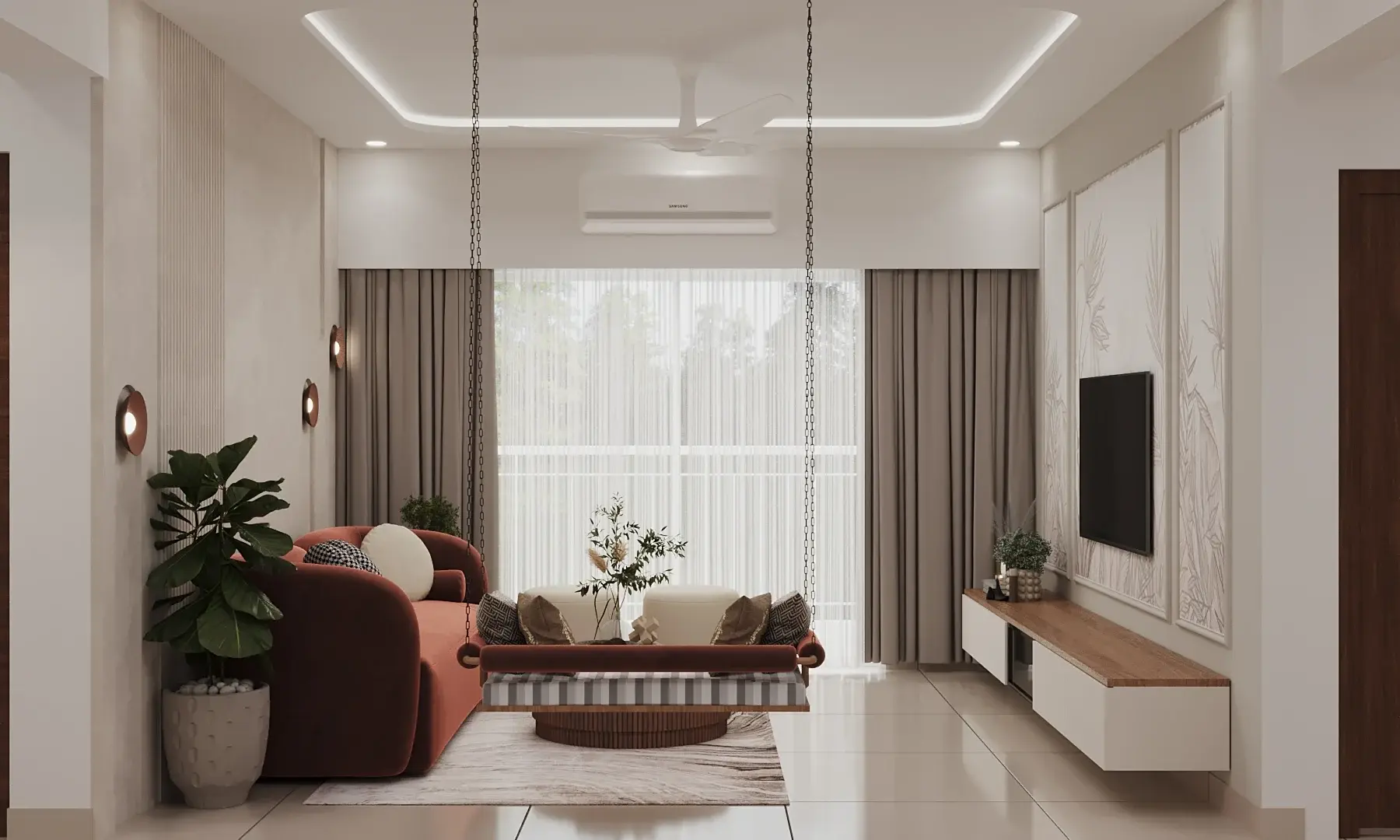Exclusive interior design firms specialize in high-end transformations.
Transform Your Home With Vital Concepts of Interior Decoration and Visual Appeals
The art of transforming your home via the vital concepts of interior layout and looks requires a thoughtful method that integrates shade, equilibrium, and spatial recognition. By recognizing the influence of shade concept and the relevance of structure and patterns, one can produce areas that are not only visually appealing yet additionally deeply individual. Accomplishing this balance includes more than mere decoration; it incorporates a critical setup and a keen understanding of how each element interacts within a room. As we check out these fundamental ideas, think about how they might redefine your understanding of home and individual expression.
Understanding Shade Theory
Shade theory is a basic element of interior decoration that considerably affects mood, assumption, and total aesthetic. Recognizing the principles of shade theory permits designers to produce rooms that resonate psychologically with residents while fulfilling practical needs (miami luxury interior design). Shades can be categorized right into three main kinds: main, additional, and tertiary. Each group plays an essential duty in establishing harmony within a room.
The emotional impact of colors is profound; cozy tones such as reds and oranges evoke energy and warmth, while great tones like blues and environment-friendlies promote calmness and serenity. The usage of corresponding shades enhances visual rate of interest, producing striking contrasts that can boost an area's charm.
Neutral colors, on the other hand, act as a flexible background, allowing other style components to shine. It is vital to consider aspects such as illumination and the room's purpose when choosing a shade scheme, as these can modify the understanding of colors throughout the day.
Eventually, a well-considered shade plan can change an area, cultivating a feeling of convenience and style that lines up with the residents' preferences. Proficiency of color concept is, for that reason, a vital skill for any kind of interior designer aiming to produce unified and inviting environments.
Achieving Balance in Layout
Exactly how can designers accomplish a sense of equilibrium in their spaces? Accomplishing balance in design is fundamental to creating unified interiors. Designers can use 3 key kinds of equilibrium: in proportion, unbalanced, and radial. Balanced balance entails arranging components evenly around a central factor, fostering a sense of order and peace. This type often includes pairs of furniture or art work, boosting aesthetic security.
Asymmetrical balance, on the various other hand, relies upon varying elements that still attain a cohesive appearance. This method permits more vibrant and casual plans, giving rate of interest while keeping equilibrium. By carefully choosing differing sizes, colors, and appearances, developers can develop a visually compelling room that feels balanced yet energised.
Radial equilibrium emphasizes a main centerpiece with elements radiating exterior. This design is typically seen in round formats, where furniture and design develop a natural surround that draws the eye inward.
Inevitably, attaining balance requires thoughtful consideration of scale, percentage, and the partnerships in between elements. Architecture Firm. By masterfully using these balance concepts, developers can transform areas into settings that really feel both cosmetically pleasing and functionally unified, enhancing the overall experience for occupants
Value of Spatial Awareness

A keen feeling of spatial recognition allows designers to determine focal factors within a room, leading the customer's focus to key features while maintaining an overall sense of unity. It additionally assists in the strategic placement of lighting, which can significantly influence the understanding of room and state of mind. Recognizing spatial connections allows the developer to provide to the specific needs of citizens, making certain that each location serves its intended objective without endangering appearances.
Inevitably, spatial understanding is important for making best use of the capacity of any kind of indoor area. By thoroughly considering the interaction between measurements, design, and function, developers can produce environments that not just meet sensible demands yet additionally stimulate a sense of convenience and appeal, enhancing the total living experience.
Including Appearance and Patterns
Embracing a varied series of appearances and patterns can substantially enhance the visual and tactile allure of an interior room. The tactical use various products-- such as wood, steel, material, and rock-- creates deepness and interest, making a space really feel much more welcoming and dynamic. Incorporating smooth surfaces with rough appearances can develop a balance that draws the eye and involves the detects.
When incorporating patterns, think about both range and repetition. Big patterns can act as centerpieces, while smaller, subtle styles can enhance various other elements without overwhelming the area. Layering patterns, such as pairing flower paddings with striped throws, adds complexity and a sense of harmony if carried out attentively.
It is also essential to maintain a cohesive shade browse around this site scheme, making certain that appearances and patterns collaborate rather than compete for focus. By picking a couple of crucial structures and patterns, you can create an unified visual that mirrors your personal style while boosting the general atmosphere of the space. Ultimately, the careful unification of these aspects can transform an ordinary area into a sophisticated setting rich with character and heat.
Customizing Your Space
Developing an area that reflects your individuality is crucial to achieving an absolutely welcoming environment. Customization in interior layout enables you to infuse your one-of-a-kind style and passions into your home, changing it from a simple sanctuary into a sanctuary that talks to who you are. Begin by picking a color scheme that resonates with your feelings-- bold colors click site can energize, while soft tones use serenity.
Include artwork and decoration that reflect your passions, whether it be travel, nature, or abstract principles. Displaying individual collections, such as books, pictures, or souvenirs, can stimulate cherished memories and produce prime focus within a space. In addition, consider personalizing functional pieces, like upholstered furnishings, to align with your aesthetic choices.

Verdict
To conclude, the change of a home via the essential principles of interior decoration and aesthetic appeal demands a comprehensive understanding of color theory, balance, spatial understanding, appearance, and customization. Each element contributes considerably to producing an unified and useful living setting - interior design firms. By thoughtfully integrating these concepts, people can improve the aesthetic allure and psychological vibration of their rooms, inevitably cultivating a home that mirrors one-of-a-kind identifications while providing convenience and usefulness